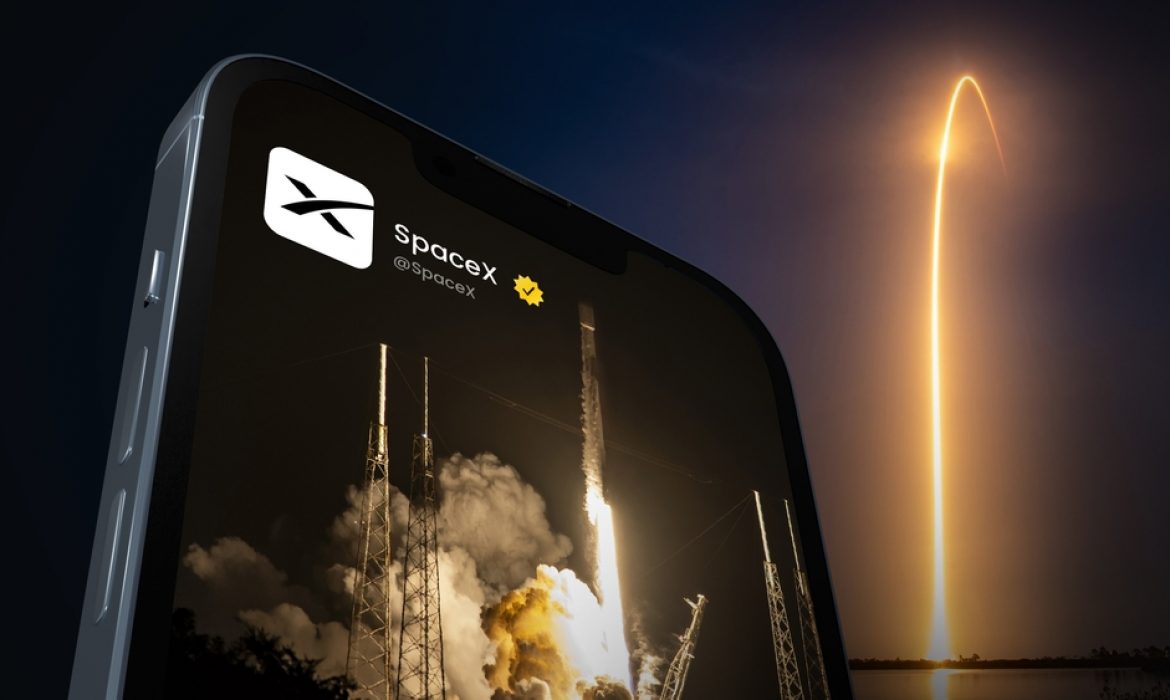SpaceX, under the visionary leadership of Elon Musk, has successfully launched Starlink satellites equipped with a game-changing Direct to Cell feature. This innovation aims to reshape global communication by providing direct links to mobile devices, transcending the limitations of traditional cellular networks.
Major telecom players, including American T-Mobile, Canadian Rogers Communications Inc., Japanese KDDI Corporation, Australian Singtel Optus Pty Limited, New Zealand One New Zealand Group Limited, Swiss Salt Mobile SA, and Chilean Entel, have been selected as initial providers for this groundbreaking technology. The satellites promise uninterrupted connectivity for text messages, calls, and web browsing on land and coastal waters, as long as the sky remains visible.
Direct to Cell is not confined to smartphones; it plans to extend its reach to IoT devices, utilizing LTE mobile transmission protocol standards. While emphasizing the global accessibility for smartphone users, Musk clarifies that each beam supports approximately 7 Mbps, making it complementary to existing terrestrial cellular networks rather than a direct competitor.
Musk envisions the capability for users to send text messages by 2024, with voice calls and web browsing support anticipated by 2025. Noteworthy is the fact that this revolutionary technology requires no additional hardware or special applications, ensuring a seamless user experience.
The service marks a paradigm shift in global communication, promising ubiquitous access to text, voice, and data for LTE-enabled phones worldwide. Direct to Cell seamlessly integrates with existing LTE (4G) phones, obviating the need for hardware upgrades or application modifications. The trajectory of this technology augurs well for expanded communication capabilities, offering users unprecedented connectivity on a global scale.


